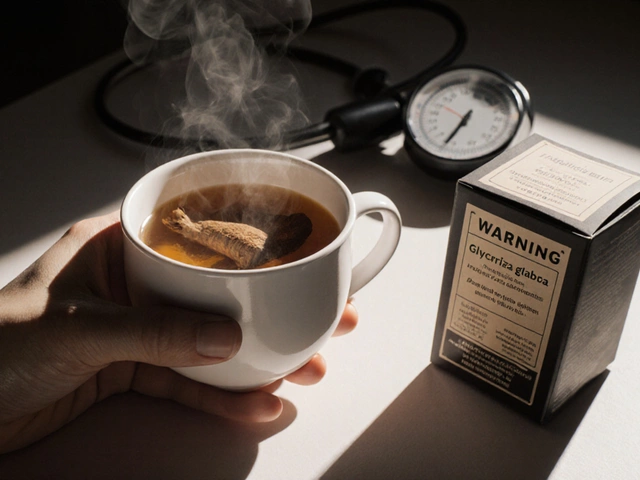Thinking about trying ashwagandha? This article tackles the real safety facts behind this popular herbal supplement. It breaks down what ashwagandha actually is, who should avoid it, how much is okay, and what side effects to watch out for. You'll get research-backed info, simple safety tips, and answers to common worries—so you can make a smart decision for your health.
Read MoreDosage Basics: How to Get the Right Amount Every Time
Ever wonder why you sometimes feel dizzy after a pill or why a supplement seems to do nothing? Chances are the dose isn’t right. Getting the correct dosage is the first step to any pain‑free plan, whether you’re taking a prescription, an over‑the‑counter painkiller, or a herbal blend.
Why Dosage Matters
Too little of a drug may leave you stuck in pain, while too much can cause side effects that make things worse. For example, an ibuprofen tablet taken at half the recommended dose might not reduce inflammation, but doubling it can irritate your stomach. The same rule applies to Ayurvedic herbs – a teaspoon of turmeric powder works, but a cup can upset your digestion.
What’s more, many people ignore the timing factor. Some medicines need to be taken with food, others on an empty stomach. Missing these cues can change how much of the drug actually reaches your bloodstream.
Easy Steps to Nail Your Dose
1. Read the label. The label tells you the strength (mg or ml) and how often to take it. If it says ‘500 mg twice a day,’ that’s 1 g total per day, not 500 mg total.
2. Use the right tool. A kitchen spoon is not a measuring spoon. Always use the dropper, syringe, or measuring cup that comes with the product. A tablespoon of liquid medicine can be 15 ml – a huge difference from the intended 5 ml dose.
3. Follow your doctor’s advice. Doctors consider your weight, age, kidney function, and other meds before writing a dose. If you’re unsure, call the clinic and ask for clarification – it’s faster than guessing.
4. Keep a dosing chart. Write down the name of each medication, the dose, and the time you take it. A small notebook or a phone reminder can stop you from double‑dosing or missing a dose.
5. Adjust slowly. If you feel the dose is too strong or too weak, never change it on your own. Talk to your doctor; they may tweak the amount gradually, which is safer than abrupt changes.
When it comes to supplements, the same rules apply. A vitamin D capsule might be 1000 IU; taking three instead of one can lead to toxicity over time. For Ayurvedic powders, start with the smallest suggested amount and increase only if you tolerate it well.
Remember, your body is unique. Two people can take the same drug at the same dose and have very different experiences. That’s why personal monitoring – noting how you feel after each dose – is crucial.
In short, the right dosage is not a guess; it’s a simple process of reading, measuring, timing, and checking in with your healthcare provider. Master these steps and you’ll see faster pain relief, fewer side effects, and a smoother path to a healthier, pain‑free life.





